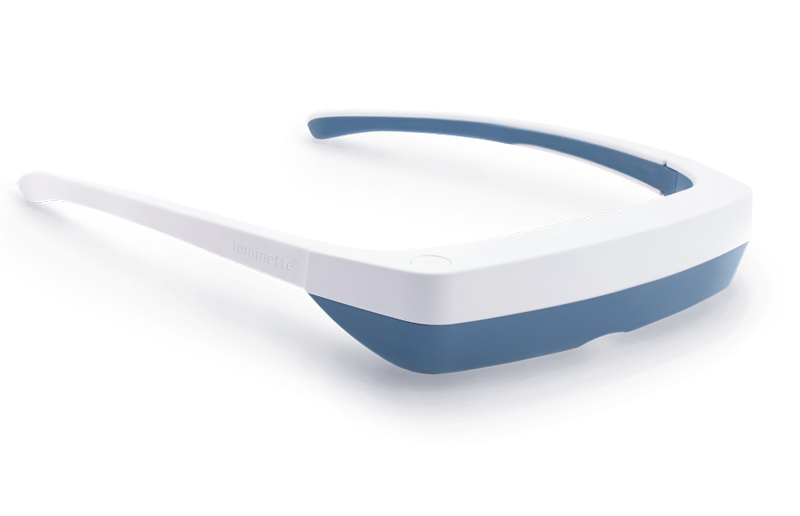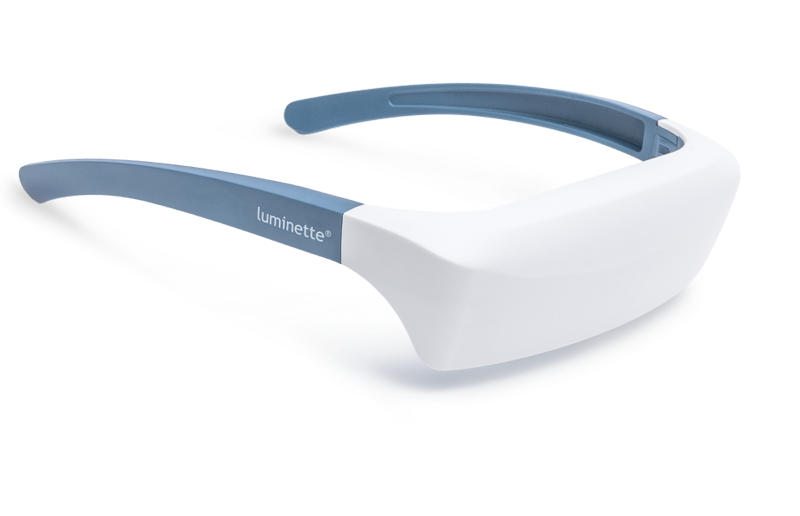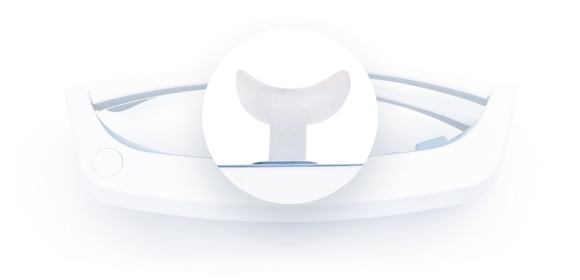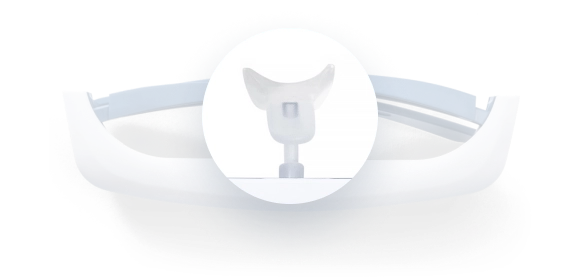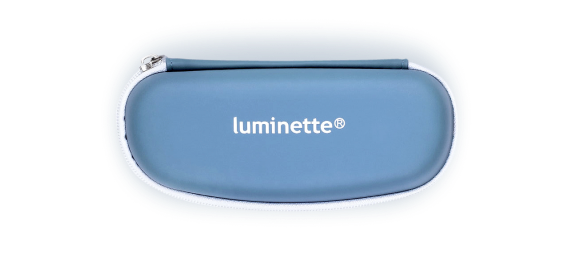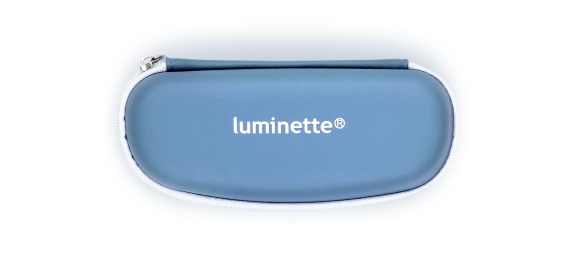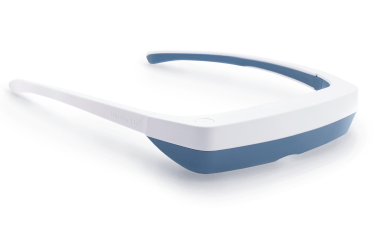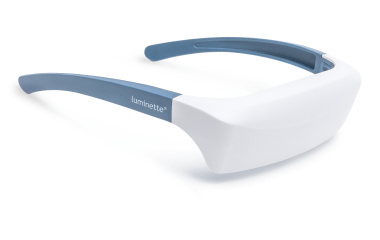Starting your day with quick exercises in the morning is a fantastic way to energize your body and mind. A wake-up workout not only jumpstarts your metabolism but also sets a positive tone for the rest of the day. In this article, we will explore a 7-minute morning workout routine consisting of seven exercises that will help you wake up, boost your energy levels, and enhance your overall well-being.
Benefits of Exercising in the Morning
Research has shown that by incorporating quick exercises into your morning routine, you can experience enhanced physical and mental well-being throughout the day. When you wake up, your body's metabolism is naturally lower, and a morning workout helps kickstart it, leading to increased calorie burn and improved weight management. Moreover, exercising in the morning promotes better focus, mental clarity, and productivity, setting a positive tone for the rest of your day. Additionally, morning workouts release endorphins, known as "feel-good" hormones, which boost your mood and reduce stress levels. By prioritizing morning exercise, you can optimize your overall health and achieve your fitness goals more effectively.
Setting Up Your Morning Workout Routine
To ensure a successful morning workout routine, it is crucial to set yourself up for success. Begin by establishing a consistent time slot dedicated to your exercise regimen. By making it a non-negotiable part of your daily schedule, you increase the likelihood of following through. Prepare in advance by laying out your workout clothes the night before, eliminating any potential barriers or excuses. Additionally, create a designated space in your home where you can comfortably perform your exercises. By proactively organizing your environment, you remove obstacles and make it easier to seamlessly integrate your morning workout into your routine.
The 7-Minute Workout: Quick and Effective
The 7-Minute Workout has gained popularity for its efficiency and effectiveness in providing a comprehensive workout in a short amount of time. This high-intensity interval training (HIIT) routine combines cardiovascular exercises with strength training moves to maximize results. In just seven minutes, you can engage multiple muscle groups, elevate your heart rate, and improve both your cardiovascular fitness and muscle strength. The key is to perform each exercise at a high intensity for a short duration, followed by brief periods of rest or active recovery. This approach not only saves time but also keeps your workout engaging and challenging. Whether you're a beginner or more experienced, the 7-Minute Workout offers a time-efficient solution to incorporate regular exercise into your busy morning routine.
In the context of the 7-Minute Workout, the breaks between two exercises are typically around 10 seconds. This short rest period allows for a quick recovery before moving on to the next exercise. However, it's important to note that the specific duration of the breaks can vary depending on individual preferences and fitness levels.
Energizing Exercises for Your Morning Routine
Here are seven invigorating exercises to include in your morning workout routine. Your entire practice will last a minimum of 7 minutes, divided between your exercises as you wish.
1. Jumping Jacks
Jumping jacks are a dynamic exercise that helps elevate your heart rate and engage multiple muscle groups. Here's how to perform jumping jacks:
1. Start by standing upright with your feet together and your arms resting by your sides.
2. Engage your core by tightening your abdominal muscles.
3. Simultaneously jump up while spreading your legs wider than hip-width apart and raising your arms overhead.
4. As you jump, quickly bring your hands together above your head, extending your arms fully.
5. Reverse the motion by jumping again, bringing your legs back together and lowering your arms back to the starting position by your sides.
6. Continue this jumping motion, alternating between legs apart and legs together, while continuously moving your arms up and down.
7. Maintain a steady pace throughout the exercise.
8. Keep your movements controlled and land softly on the balls of your feet to minimize impact on your joints.
9. Breathe steadily and naturally as you perform the exercise.
10. Repeat the exercise for a set duration or desired number of repetitions.
Jumping jacks are a great cardiovascular exercise that can be incorporated into a warm-up routine, a high-intensity interval training (HIIT) workout, or a simple aerobic activity. They engage the legs, arms, and core and help improve coordination and agility. As with any exercise, listen to your body and modify or reduce the intensity if needed. If you have any underlying health concerns or limitations, it's advisable to consult with a healthcare professional before starting a new exercise program.
2. Squats
Squats are a fundamental compound exercise that primarily targets the muscles of the lower body, including the quadriceps, hamstrings, and glutes. Here's how to perform squats correctly:
1. Stand with your feet shoulder-width apart, toes pointing slightly outward. You can place your hands on your hips or extend them forward for balance.
2. Engage your core by tightening your abdominal muscles and maintain an upright posture throughout the exercise.
3. Lower your body by bending at the knees and hips, as if you were sitting back into an imaginary chair. Keep your chest lifted and your weight on your heels.
4. Continue descending until your thighs are parallel to the ground or as low as your mobility allows without discomfort or pain. Ideally, aim for your thighs to be parallel to the ground.
5. Pause briefly at the bottom of the movement, then push through your heels to extend your knees and hips, returning to the starting position.
6. As you rise, squeeze your glutes to engage the muscles of the posterior chain.
7. Repeat the movement for the desired number of repetitions.
8. Remember to breathe throughout the exercise, inhaling as you lower your body and exhaling as you push back up.
9. Maintain control and avoid any sudden or jerky movements.
10. As you become more comfortable with squats, you can progress to using additional weights such as dumbbells or a barbell to increase the challenge.
Squats are a versatile exercise that can be modified and progressed based on your fitness level. They are effective for building lower body strength, improving balance, and enhancing overall functional movement. If you have any underlying health conditions or concerns, it's always a good idea to consult with a healthcare professional or a certified trainer before starting a new exercise program.
3. Push-ups
Push-ups are a classic exercise that targets the muscles of the chest, shoulders, triceps, and core. Here's how to perform push-ups:
1. Start by positioning yourself face down on the floor in a plank position, with your hands slightly wider than shoulder-width apart. Your toes should be supporting your lower body, and your arms should be fully extended.
2. Engage your core muscles by tightening your abdominal area and glutes.
3. Lower your body towards the floor by bending your elbows, keeping them close to your sides. Lower your chest as close to the ground as you can while maintaining a straight line from head to toe.
4. Pause briefly at the bottom of the movement, then push back up to the starting position by straightening your arms.
5. Maintain a controlled and steady movement throughout, avoiding any bouncing or jerking motions.
6. If you're a beginner or find regular push-ups challenging, you can modify the exercise by dropping your knees to the floor, creating a modified push-up position. This variation reduces the amount of body weight you're lifting, making it easier to perform.
7. Keep your head in a neutral position, looking slightly ahead of you, to maintain proper alignment.
8. Aim for a full range of motion, going as low as you can comfortably while maintaining proper form.
9. Repeat the exercise for the desired number of repetitions or time duration.
10. Remember to breathe consistently throughout the movement, exhaling as you push up and inhaling as you lower down.
Push-ups are a versatile exercise that can be modified to suit different fitness levels. They are effective for building upper body strength and can be incorporated into your overall strength-training routine. As always, listen to your body and modify or stop the exercise if you experience any pain or discomfort.
4. High Knees
High knees are a dynamic exercise that helps improve cardiovascular endurance and engage the lower body muscles. Here's how to perform high knees:
1. Stand upright with your feet hip-width apart.
2. Begin by jogging in place, lifting your knees towards your chest as high as possible.
3. Aim for a fast pace to increase your heart rate and the intensity of the exercise.
4. As you lift your knees, pump your arms in sync with the movement, just as you would during a regular running motion.
5. Maintain an upright posture and engage your core muscles throughout the exercise.
6. Continue the motion for a set duration or desired number of repetitions.
7. Focus on landing softly on the balls of your feet to minimize impact on your joints.
8. Keep breathing steadily throughout the exercise.
9. For an added challenge, you can also try to touch your opposite hand to the lifted knee as it comes up.
10. As with any exercise, listen to your body and modify or reduce the intensity if needed.
High knees are an effective way to elevate your heart rate, warm up before a workout, or add intensity to your cardio routine. They also engage the hip flexors, quadriceps, and core muscles. Remember to maintain proper form and consult a healthcare professional before starting any new exercise regimen, especially if you have any underlying health conditions.
5. Mountain Climbers
Mountain climbers are a dynamic exercise that targets multiple muscle groups, including the core, shoulders, and legs. Here's how to perform mountain climbers:
1. Begin in a plank position, with your hands shoulder-width apart and your body in a straight line from head to toe.
2. Engage your core by tightening your abdominal muscles.
3. Lift your right foot off the ground and draw your right knee towards your chest, keeping your back straight.
4. Quickly switch legs by extending your right leg back to the starting position while simultaneously bringing your left knee towards your chest.
5. Continue this alternating leg motion in a running-like motion, maintaining a steady pace.
6. Keep your hips down and avoid raising your buttocks into the air.
7. Continue for the desired number of repetitions or time duration.
8. Remember to breathe evenly throughout the exercise.
9. Focus on maintaining proper form and engaging your core muscles throughout the movement.
Mountain climbers are a challenging exercise that increases heart rate, burns calories, and strengthens multiple muscle groups. As with any exercise, listen to your body and modify or stop if you experience any pain or discomfort.
6. Bicycle Crunches
A great exercise for targeting your abdominal muscles, particularly the obliques. Here's a description of how to perform bicycle crunches:
- Start by lying on your back on a mat or a comfortable surface.
- Bend your knees and lift your feet off the ground so that your lower legs are parallel to the floor.
- Place your hands gently behind your head, supporting your neck with your fingertips. Avoid pulling on your head or neck during the exercise.
- Lift your shoulder blades off the ground, engaging your core muscles.
- Begin the movement by bringing your right knee towards your chest while simultaneously twisting your torso to bring your left elbow towards the right knee.
- Straighten your right leg and bring your left knee towards your chest while twisting your torso to bring your right elbow towards the left knee.
- Continue this pedaling motion, alternating sides in a cycling motion, while touching your elbow to the opposite knee each time.
- Focus on keeping your core engaged throughout the exercise and maintaining a steady, controlled movement.
- Aim for a slow and controlled pace, focusing on the quality of each repetition rather than speed.
- Perform the desired number of repetitions or time as part of your workout routine.
Bicycle crunches are effective for targeting the abdominal muscles and can be incorporated into your overall core-strengthening routine. Remember to listen to your body and stop the exercise if you experience any pain or discomfort.
7. Plank
To perform a plank, start in a push-up position and lower yourself onto your forearms. Keep your body aligned in a straight line from head to toe. Maintain this position for as long as you can, engaging your core muscles. It is an effective exercise for strengthening your core and improving overall stability.
Safety Considerations and Modifications
Before starting your morning workout, ensure you warm up by performing light exercises to prepare your muscles for the upcoming activity. After the workout, cool down with gentle stretching to aid in muscle recovery and reduce the risk of injury. If you have any specific fitness concerns or physical limitations, consult a healthcare professional or modify the exercises accordingly to suit your needs.
Incorporating a 7-minute morning workout into your daily routine can have a remarkable impact. These quick exercises to wake you up will boost your energy levels and give you a positive boost for the rest of the day. Remember, consistency is key, so make it a habit to perform these exercises every morning and reap the long-term benefits of a healthy and active lifestyle.
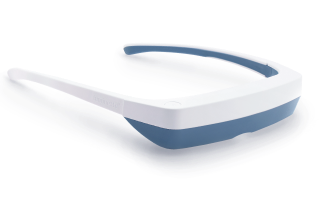
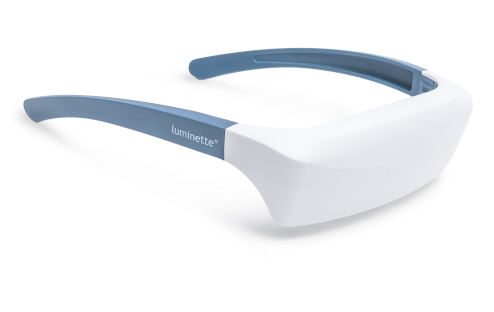
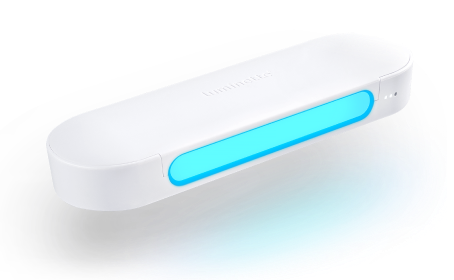
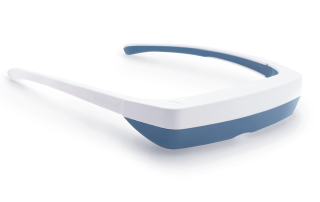
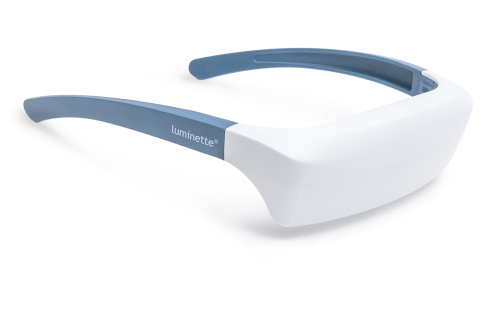
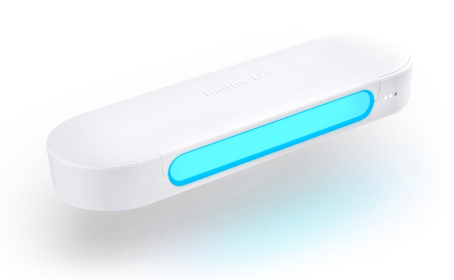
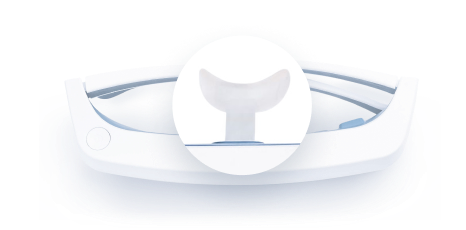
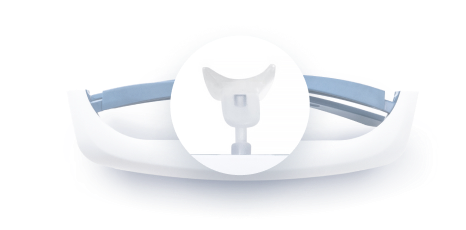
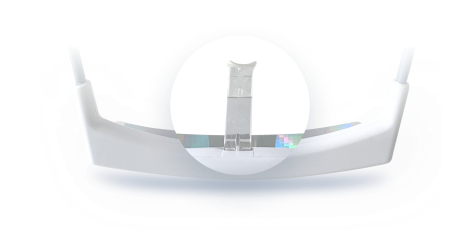
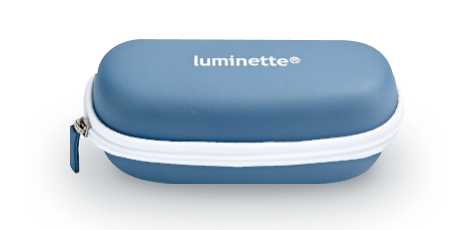
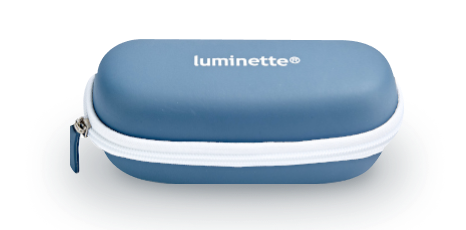
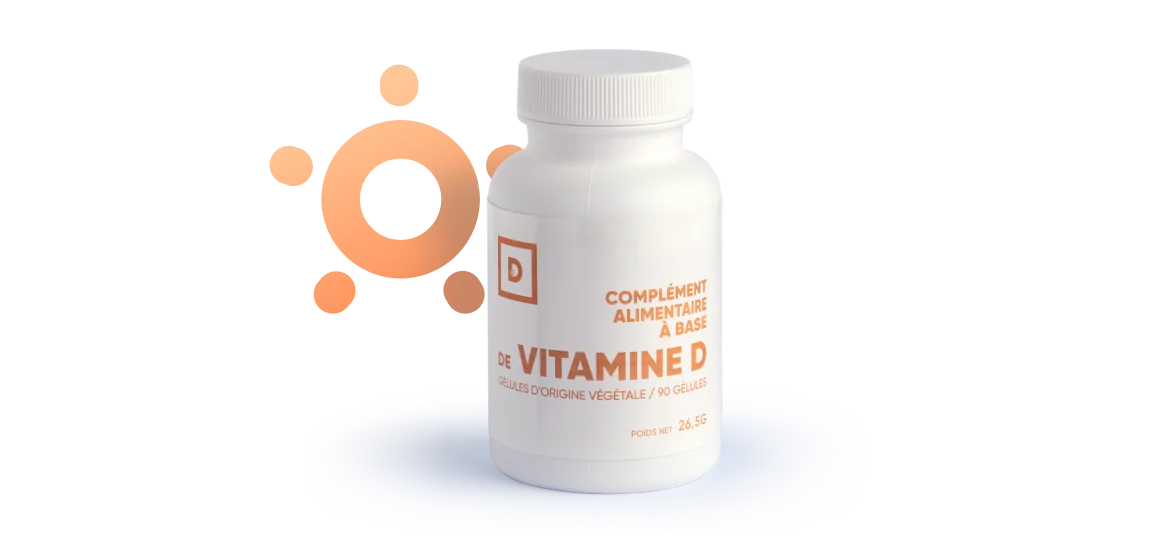



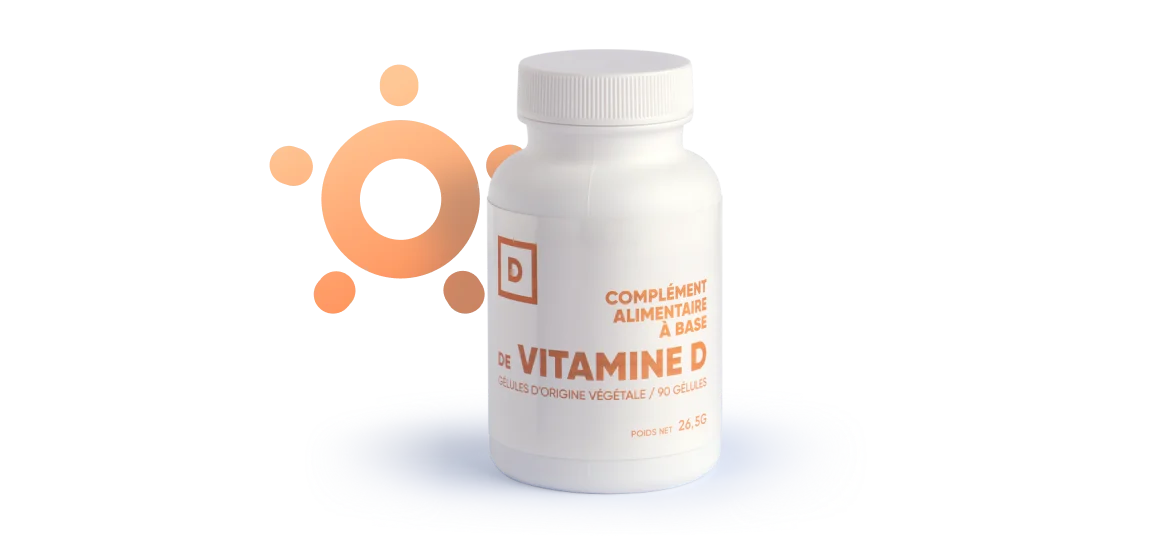
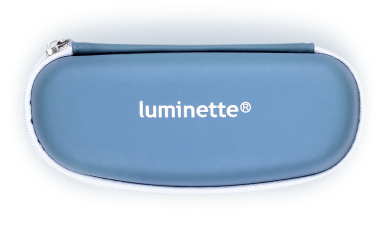
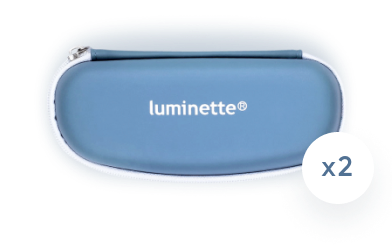
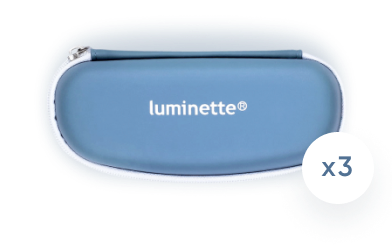
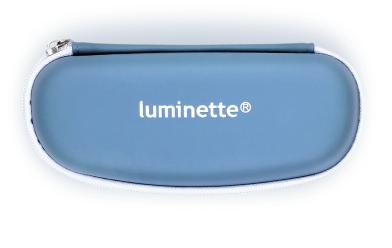
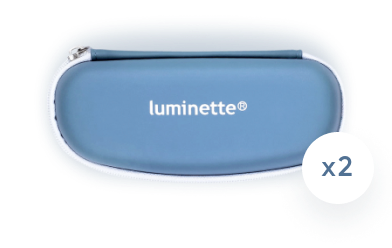
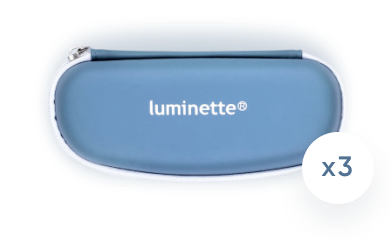
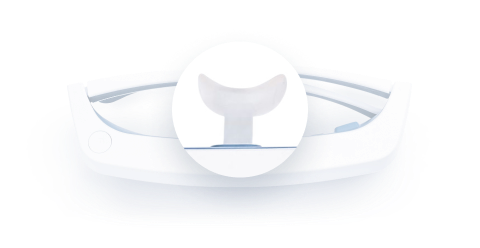
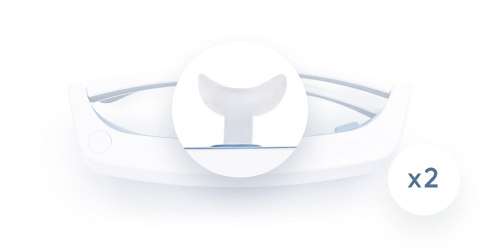
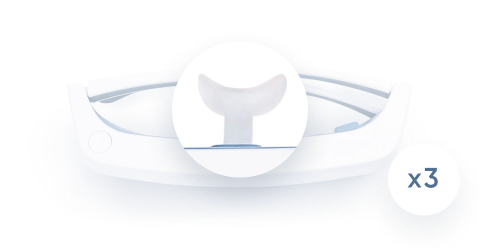
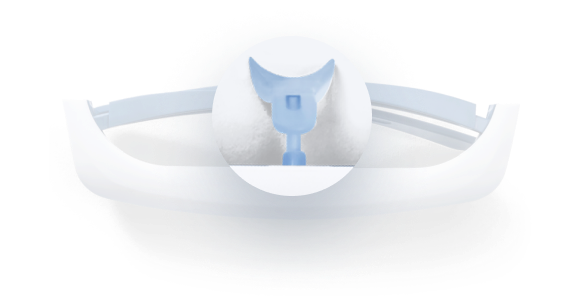
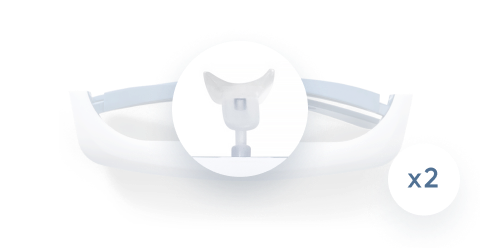
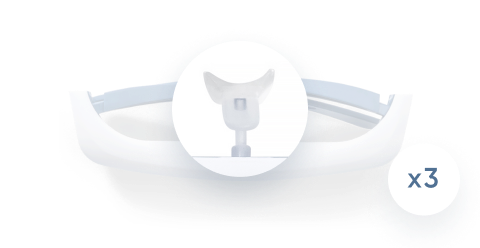
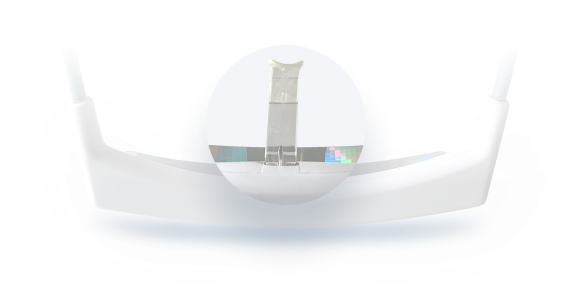
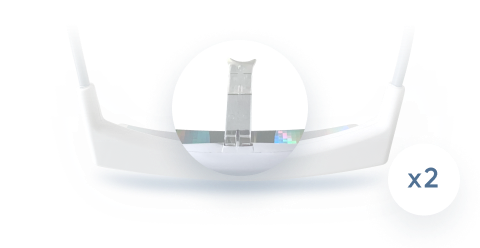
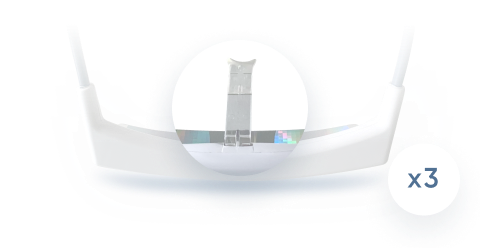







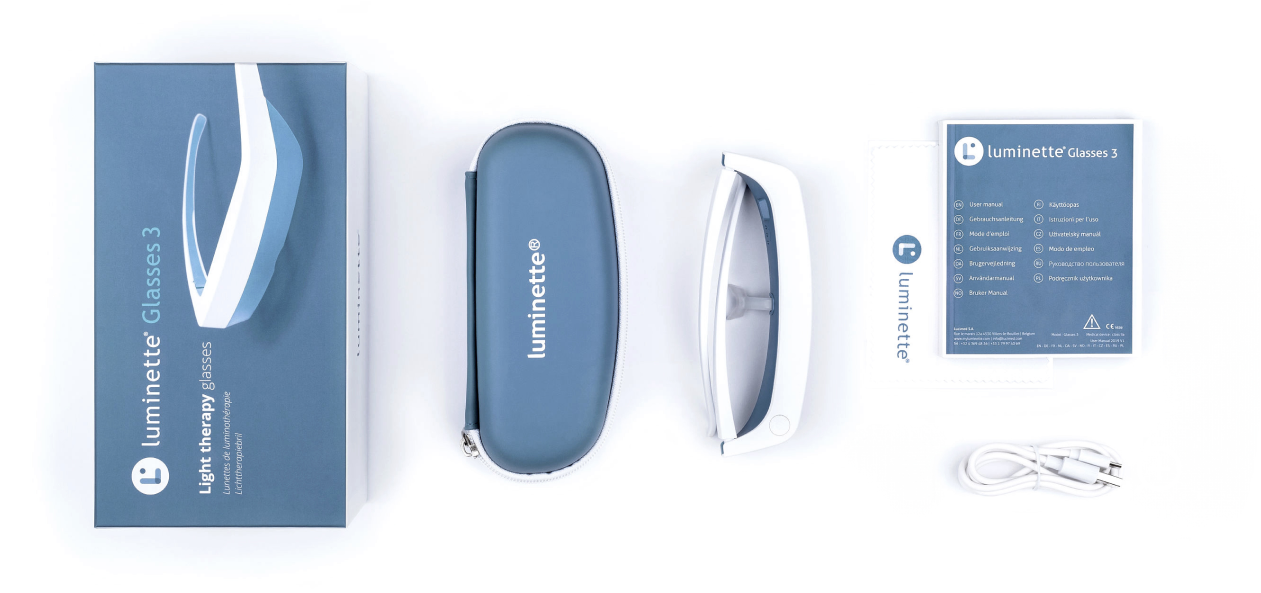



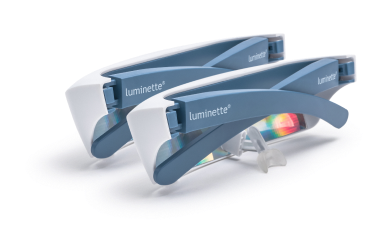
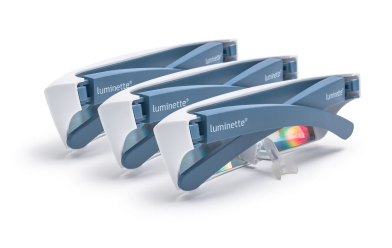
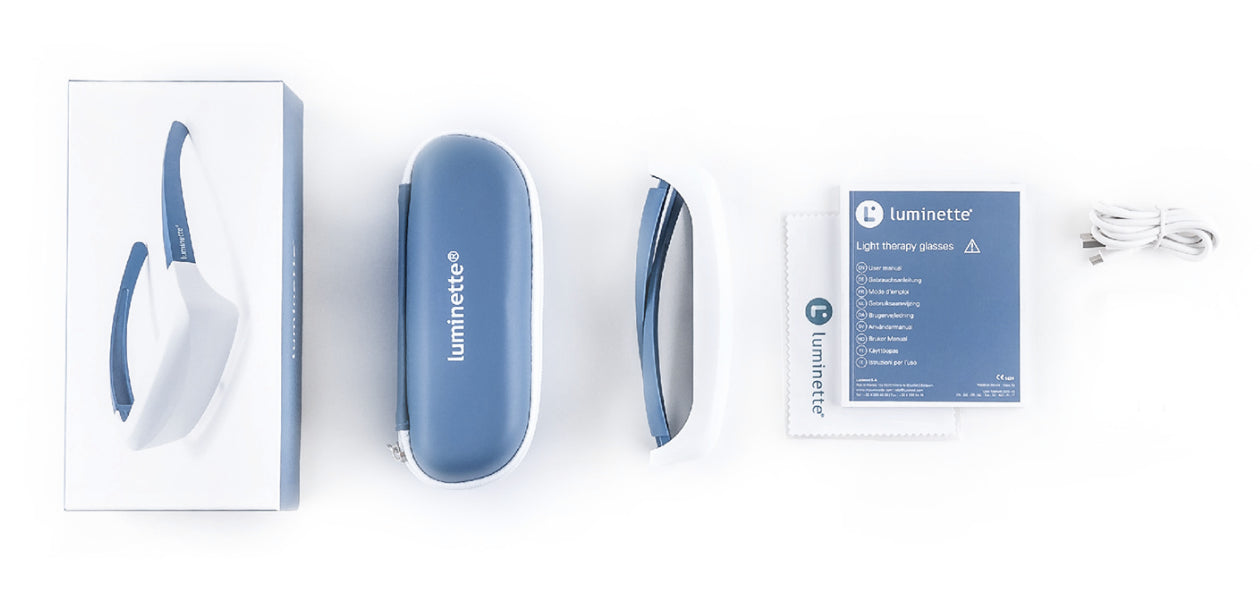



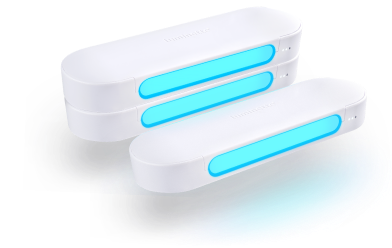
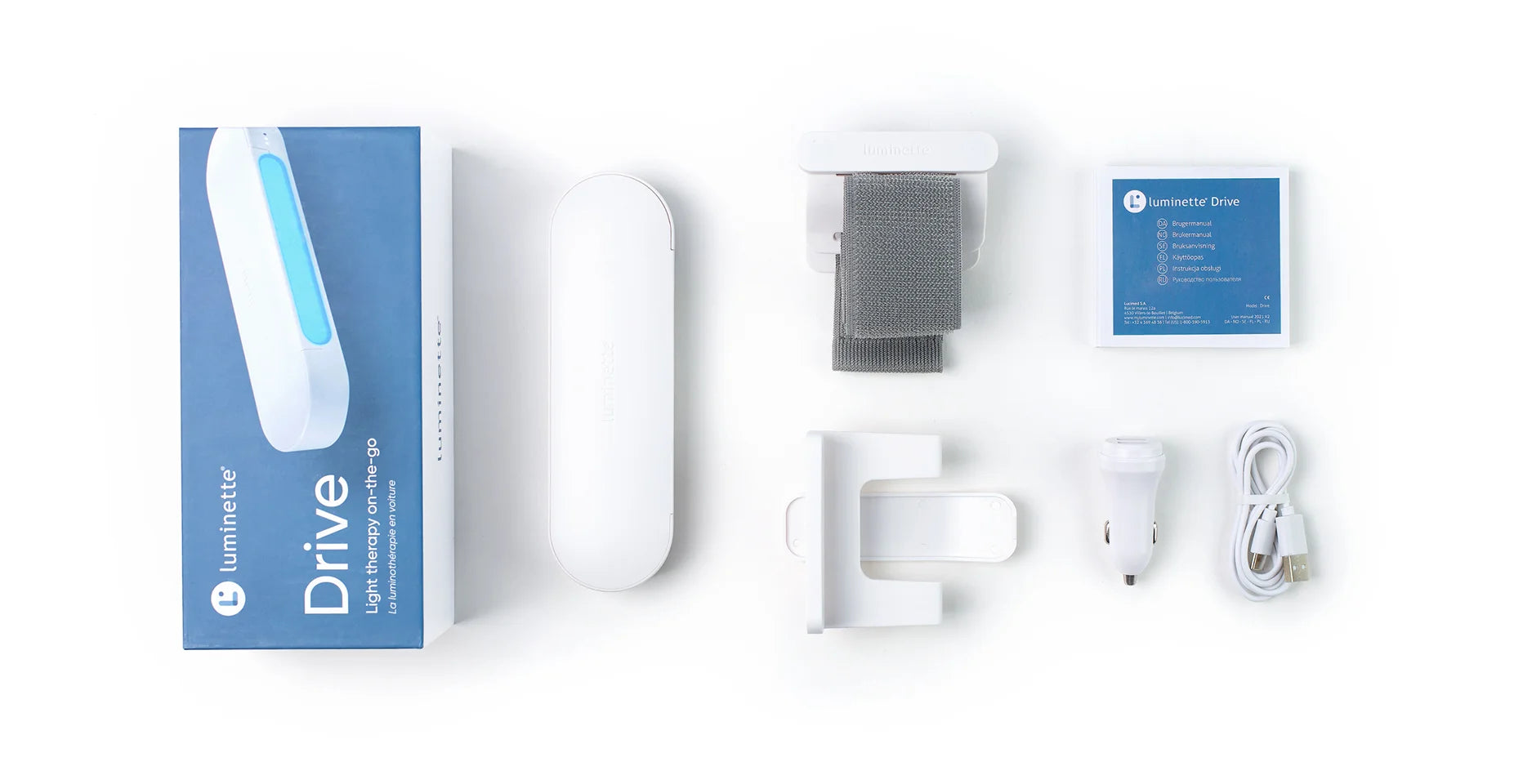

 Please note
Please note



